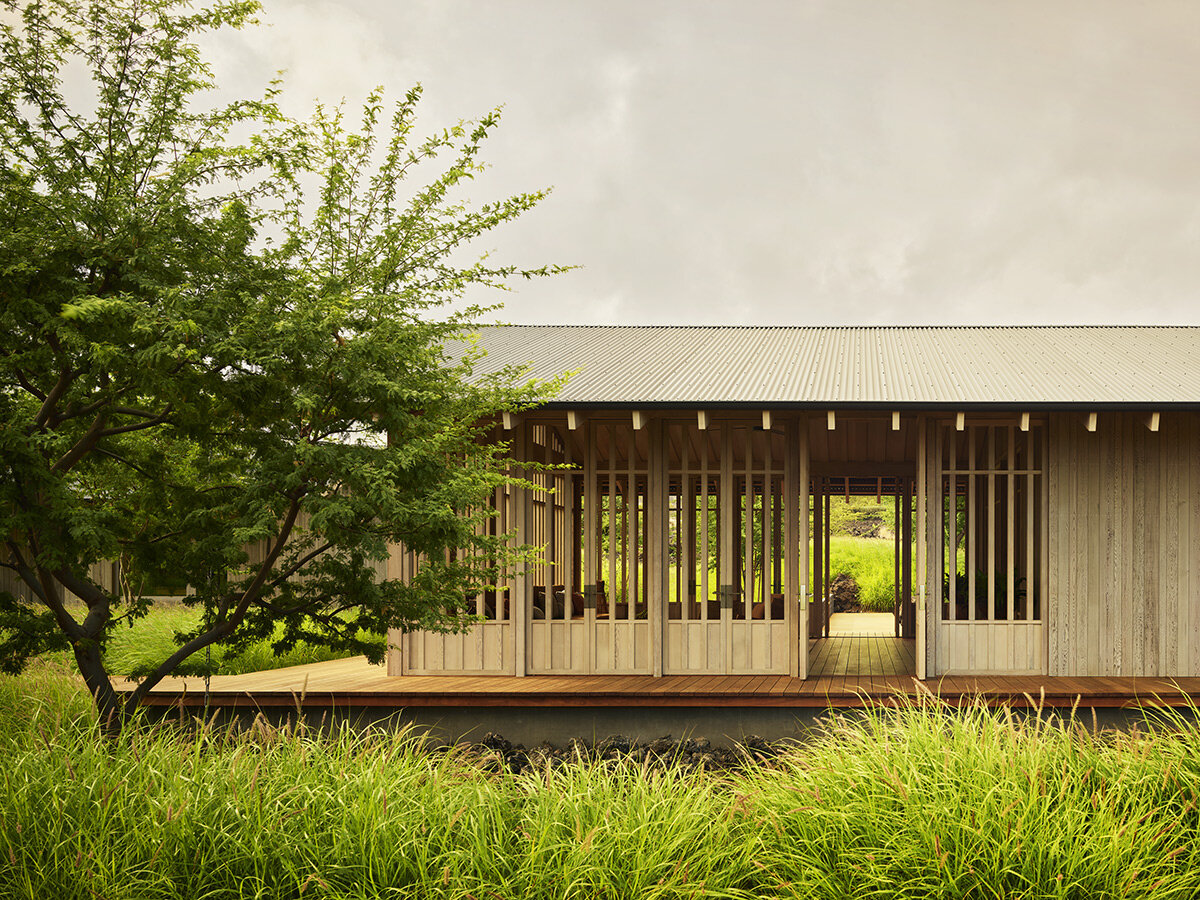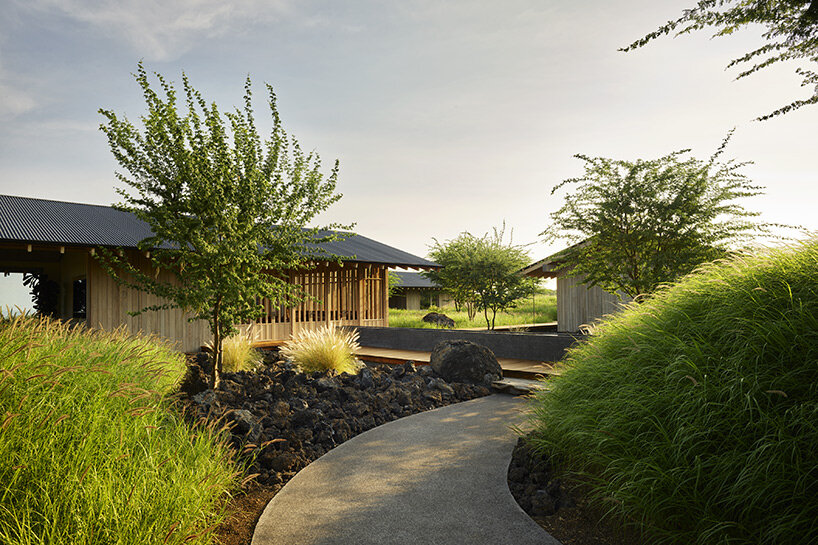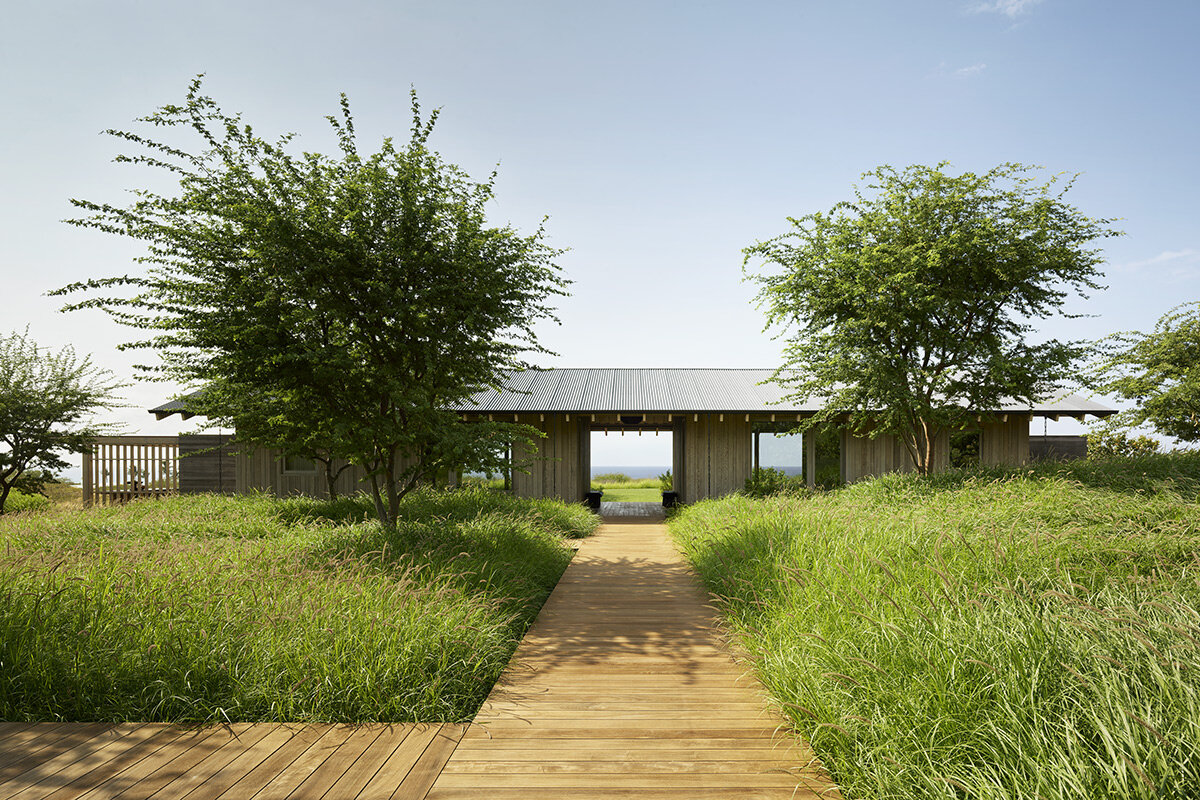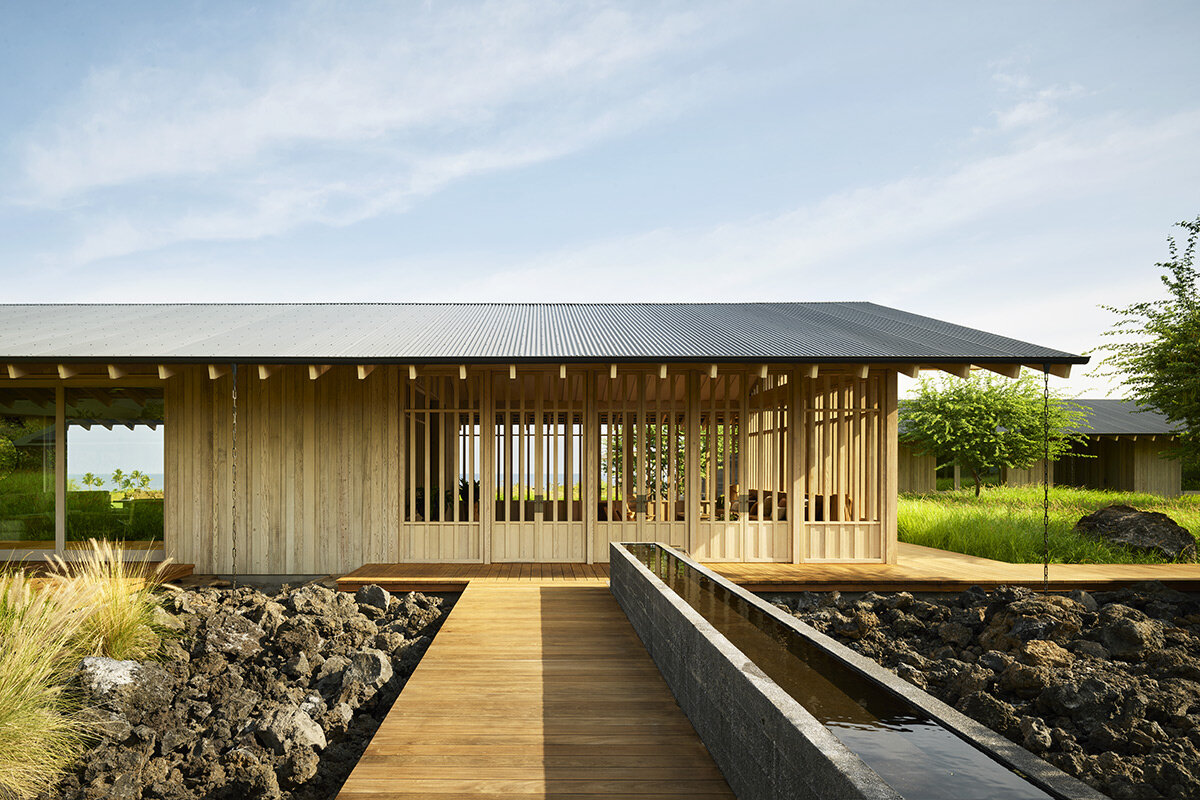COURTESY HAWAIIAN AIRLINES
Hawaiian Airlines today announced an investment of more than $600 million over five years to improve airport passenger areas across the state and interior upgrades to widebody aircraft.
Hawaiian Airlines CEO Diana Birkett Rakow told the Honolulu Star-Advertiser ahead of today’s announcement at Daniel K. Inouye International Airport that other improvements will include better apps, a better website that will make it easier for passengers to change flights, among other things that also include better integration with Alaska Airlines, which acquired Hawaiian in 2024, making it a subsidiary of Alaska Air Group.
“We have pushed a lot of change through the system for the last couple of months,” Rakow said. “We’re working on integrating our ticketing systems because right now we’re on two separate ticketing systems that don’t talk to each other.”
After late April, she said, booking on the shared Alaska Air and Hawaiian Air ticketing system “will be much more seamless.”
In announcing the renovations and changes, Hawaiian pledged “a significantly smoother guest experience … once Hawaiian Airlines and Alaska Airlines share the same passenger service system and Hawaiian Airlines joins the oneworld alliance, both scheduled for late April.”
Right now, Rakow acknowledged, “unfortunately there is some friction.”
Don’t miss out on what’s happening!
Stay in touch with breaking news, as it happens, conveniently in your email inbox. It’s FREE!
“There’s been so many changes and all of that friction is really painful,” she said. “We are committed to making sure we are addressing the issues. … We are certainly not perfect, but we are committed to working together. … Really, after April, it is going to improve significantly.”
Each island airport also will see renovated lobbies and gates designed to increase comfort, provide better seating and amenities such as improved power charging.
Daniel K. Inouye International also will get a new 10,600-square-foot lounge at the entrance of the Mauka Concourse in Terminal 1.
And starting in 2028, Hawaiian’s wide-body Airbus A330s will get new seats, carpets, lighting, business class suites, a Bluetooth-enabled in-flight entertainment system with high-definition screens and free Starlink Wi-Fi.
Gov. Josh Green said in a statement ahead of today’s announcement that, “Hawaiian Airlines’ investment is exactly the kind of long-term commitment Hawaiʻi needs. Modern, welcoming airports improve the experience for residents and visitors alike, strengthen our economy and keep Hawaiʻi competitive as a global destination. We appreciate Hawaiian Airlines’ partnership in advancing workforce development, regenerative tourism, clean energy, and community programs that reflect the values of our islands.”
The New Year began with a .75% increase in Hawaii’s Transient Accommodations Tax that will help the state fight climate change.
Rakow said that Hawaiian is working to better inform inbound passengers about how to respect Hawaii’s culture and environment.
Hawaiian said it will continue to support “programs promoting regenerative tourism, culture and conservation.”
The airline also said it will fund grants to nonprofit organizations “promoting cultural programs, environmental preservation, and perpetuation of native Hawaiian art and language through the Alaska Airlines | Hawaiian Airlines Foundation.”











































